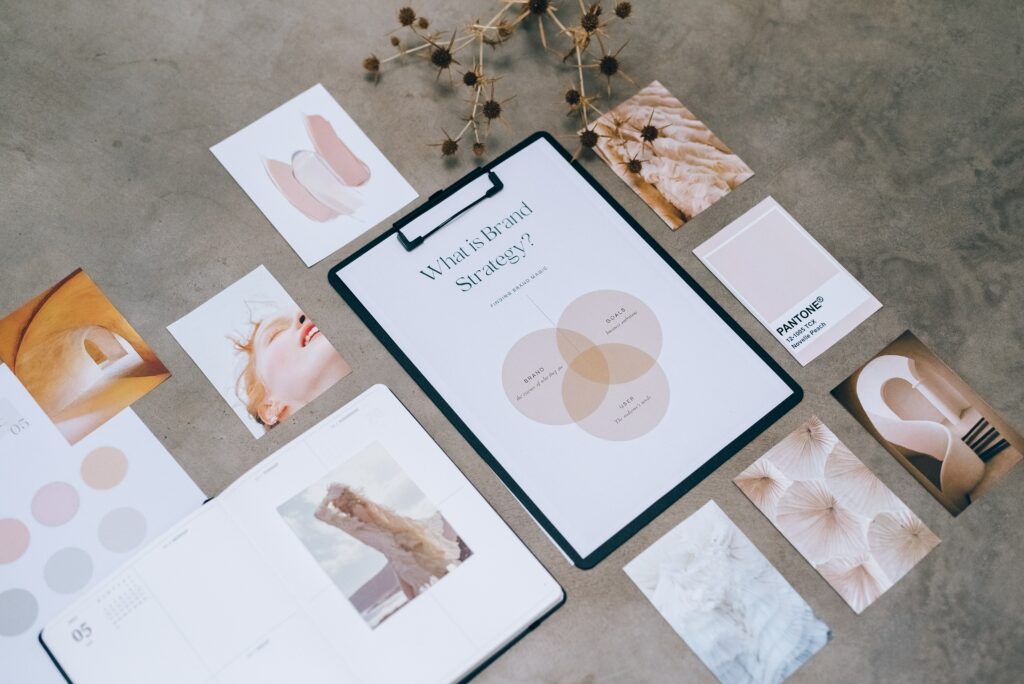
Medium may be easy to write on, but it isn’t worth building a blogging business on.
Blogging has been around for a long time and is one of content creators’ most significant income sources. There are many platforms to begin blogging on as well as the possibility of creating your own blog. Knowing what platform is the best for growing your blog is essential and can sometimes be hard to determine.
With so many options, figuring out what platform is best for you and your brand can be hard. Medium was created for content creators to share their ideas and expert opinions. While Medium may be a decent option, it has many downfalls compared to creating your own blogging website.
The YouTuber The Money Resolution showed proof of how Medium may not be worth your time as a content creator. For thirty days he wrote fifteen articles and got paid $1.33/hour for two hours on each article. For him to continue to receive a passive income off of Medium he had to consistently post an article every day. That can be time-consuming and not worth the effort if you hardly make any revenue. Especially when you could make up to six figures on your blog within a year.
The best way to look at the differences between Medium and your blog is by thinking about the differences between renting a home and buying a home. When you rent, you do not really own the house and are limited on what you can do with it. When you buy a place, you have complete control over it. If you want pink walls, then paint those walls pink. Follow along as I break down the six reasons why you shouldn’t use Medium and instead start your own blogging website.
You Are Not Building Your Brand
You are not building your brand when you choose to write on Medium’s platform. You are building Medium’s brand and business instead. When readers see your work on Medium, they do not really see you. The readers will talk about an article on Medium instead of an article written by the author, so instead of building your name as a writer, you are building Medium’s business.
When it comes to writing on Medium, people will seldom remember the author’s name. Medium is built up on a hierarchy that leaves the author at the bottom, and the readers never get past the top. If you are blogging on your own website, you can build your brand and be remembered for your content. You can control what is on your blog, all forms of monetization, and much more!

You Have Zero Ownership
You have little to no ownership over your content and audience when using Medium as a platform. All it would take is for Medium to remove your account, and you will lose all of your content and readers. With the way other creator platforms have been banning or removing accounts, it wouldn’t be far-fetched for Medium to start doing it.
You will completely own your content and audience when you create your blog. If you need to move your content elsewhere, you can take your audience. You will not have to worry about losing your account one day. When you are working towards building a brand, you want to be able to post your own content and control the design of your website.
Practically No Monetization
Since you are building Medium’s brand with zero content ownership, you can forget about monetizing your content. With Medium, you cannot control your content and audience, so it is extremely difficult to monetize anything on it. Medium controls everything you can put on the site, so affiliate links and any call-to=actions are non-existent. The only way to make any money on Medium is through the partner program.
Through the partner program, you can earn for how long a reader spends reading your content and earn half of a reader’s membership fee by paying for unlimited access to your work. Their membership fee is only $5/month, while views can earn you pennies. Medium controls everything you can put on the site, so affiliate links and call-to-actions are non-existent.
If you start your blog, you can control how you monetize your content. You can offer courses, workshops, ebooks, and more. Many blog websites that you visit will have more than just articles. You may find a section for ebooks or courses that the author offers. You can earn passive income on your blog through affiliate links, ads, and sponsored content. You can also redirect traffic to your online business to build sales.
You Are Unable To Test Methods
Medium does not let you do much except create content and post it. You can not test out all the different titles, descriptions, or images that bring traffic. Even the best bloggers must test out all their methods because trends are constantly changing. Medium prevents you from changing anything once you post your content.
When you create your own blog, you can do a/b testing for every article you make. This will help you build your audience by targeting the right people. You can figure out what works best for your specific target audience and what does not work. Medium does not allow this on their platform, making it difficult to pull in the right audience.

Little To No Customization
Medium does not allow room for any fancy features, so if you are hoping for an email pop-up or contact form, then Medium is not it. Medium was not built to be a business blog and limits you on the type of customizations you want to do with your blog. Without the ability to collect emails or provide a way to contact you, you will miss out on building and keeping an audience.
When you are creating your own blog, you can customize it. You can add all the fancy features to collect emails, sales pop-ups, contact forms, and more! It allows you to grow your audience fast and efficiently. Many blogs are created on WordPress, where customization is one of the best benefits of working on the site.
Converting Readers Into Subscribers
Blogging is all about building an email list. If you are unable to create an email list, you will not be able to make a decent income. Medium does not allow the opportunity of building an email list. People go there for Medium, not for you. Your readers will most likely read one of your articles and then never be able to read another.
Once you have created your blog, you will be able to have a form to collect emails from your readers. You will find them at the bottom of the page, or they will pop up once you enter the site. Once a reader subscribes to your email list, you can provide them with new content. They will be able to read all of your content without having to scroll through a bunch of other authors’ content.
Before you go, let us recap everything we have gone over. While Medium was a site created for sharing opinions and ideas, it was not made to be a business blog. Writing on Medium will make it, so you are building their brand, not yours. Everyone will be gushing about Medium instead of you. With your own blog, you can build up your brand and audience.
When you provide your content to Medium, you lose ownership of the content. If Medium decides to remove your account, then you lose all of your work. Everything you post on your blog website will be yours and yours alone. No one will own your content but you.
There is little to no way to monetize your content on Medium. Monetization is one of the most significant ways to earn while blogging. Without it, you will be unable to make any revenue. With your own blog, you can use all types of monetization, from affiliate links, ads, sponsored posts, and much more!
You cannot test out all the ways to reach your target audience with Medium. You are stuck with your SEO, descriptions, and images once you publish. Not being able to test out different methods could be causing you to lose readers. You can constantly edit your blog posts when you work with your own blog. You can figure out the right way to pull in your target audience.
Medium does not allow you to use any fancy customization features. If you were hoping to add a contact form or an email pop-up, you will not get that with Medium. Medium limits what you are allowed to customize on your content. Creating your blog will allow you to fully customize everything on the site. You can choose different site templates, fonts, colors, and more. You can also plaster your brand’s logo all over your site. That way, you are known not only as an author on Medium but also as an author with your brand.

You cannot grow an email list with Medium. Without an email list, there is no way to keep your audience around. An email list is the biggest reason bloggers can make an income. With your own blog, you can grow an email list and expand your business with it. Many bloggers can convert their email lists into customers with just one email campaign.
Going over why not to use Medium with these six steps, I hope you decide to create your own blog instead. Take a look at this article to help get you started on your blogging journey. While it may take a bit more time and patience with your blog, it will be worth it in the long run when your income starts growing.


